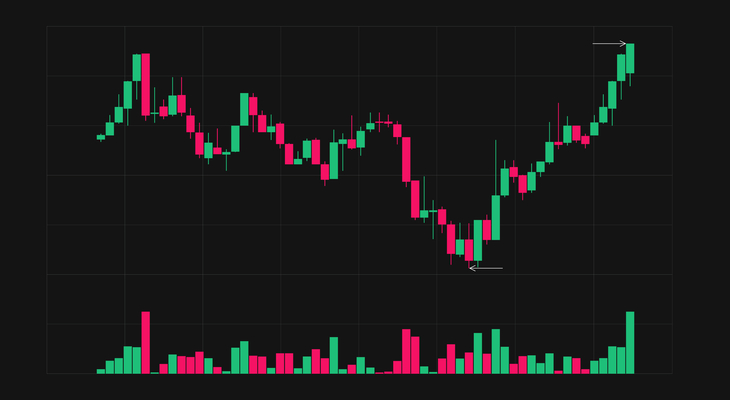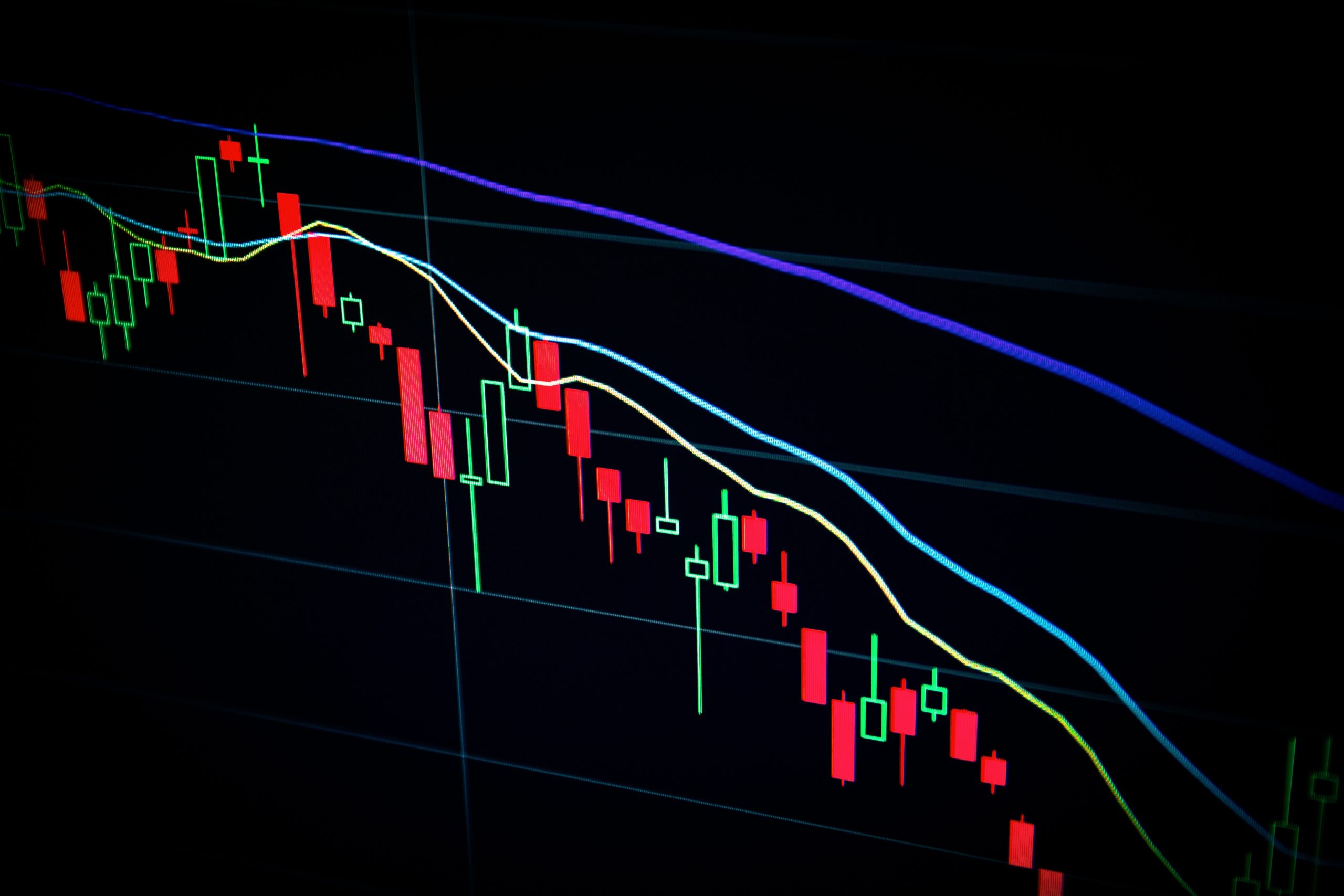Risk management is an absolute necessity for those who seek success in the financial markets. Achieving financial success requires that traders develop an understanding of the various tools available to them to reduce their risk.
In particular, mastering the stop loss rule, position sizing, and risk-to-reward ratio can be the difference between success and failure. Indeed, a mastery of risk management is like a superpower for those looking to maximize their profits and achieve financial freedom.
In this article, we will explore the fundamentals of stop loss rules, position sizing, and risk-to-reward ratios to gain a better understanding of how to best manage risk in the financial markets.
Key Takeaways
- Risk management is important to mitigate potential bad outcomes in financial markets.
- Stop Loss is a rule that helps traders exit losing markets and limit potential capital risk.
- Position Sizing determines the size of a trading order based on risk per trade and pips at risk.
- Following a risk-to-reward ratio can help traders determine the potential profits relative to the amount of risk taken.
Stop Loss Rules
Stop Loss rules are an important risk management strategy used to exit losing markets and limit potential capital risk.
Trailing stops, which move along with the price, can be used to ensure that the stop loss remains in place during volatile market conditions.
Setting stop loss levels based on the trader’s risk appetite is essential for successful risk management. A stop loss should be placed no closer than 3-5% of the total trading capital, with a maximum of 10%.
Risk-to-reward ratio should be taken into account when setting the stop loss level, as this determines the amount of risk taken versus the potential profits.
It is important to remember that stop loss rules are not always effective in preventing losses, as they can be triggered by short-term price movements.
Position Sizing
Position sizing is an important strategy in trading which seeks to determine the size of a trading order relative to the risk per trade and the pips at risk.
For example, if a trader wishes to take on 30 pips of risk for a chance of a 90 pips profit, they may opt for a 1-to-3 risk-to-reward ratio. This is akin to taking a chance on a lottery ticket, where the reward is greater the more risk is taken.
Risk management techniques are pertinent in this respect as it helps traders better manage risk and maximize potential profits. Position sizing plays a key role in this regard, as it helps to quantify the amount of risk taken and the potential rewards.
It is thus important to understand the importance of position sizing and its role in risk management for financial success.
Risk-to-Reward Ratios
Understanding the risk-to-reward ratios of trading strategies is essential for maximizing profits while minimizing losses. Risk-to-reward ratios measure the potential profit against the amount of risk taken, and are considered important risk management strategies.
The following are all important points to consider when it comes to risk-to-reward ratios:
-
A 1-to-3 risk-to-reward ratio implies a 30 pips risk and 90 pips profit.
-
A 1-to-2 risk-to-reward ratio implies a 30 pips risk and 60 pips profit.
-
It is important to understand the importance of risk management and how it can be applied in trading strategies.
-
Risk-to-reward ratios must be tailored to the individual, as what works for one trader may not work for another.
-
It is important to practice risk management strategies in order to understand how they work and how to effectively implement them.
Frequently Asked Questions
What is the best way to assess my risk tolerance?
To effectively assess risk tolerance, one must understand the psychological aspects of risk management. Through a careful assessment of one’s ability to handle risk, one can come to understand the risk management techniques that best suit their individual needs.
By engaging in a thorough evaluation of one’s risk-taking capacity, one can evaluate their attitude towards risk and assess their strategies for managing it. With this knowledge, one can craft a risk management plan tailored to their individual needs and limitations, leading to a greater sense of control and confidence in financial decisions.
How can I practice risk management without investing real money?
Practicing risk management without investing real money is possible through a variety of methods.
Mock trading, also known as paper trading, is a popular option. This involves setting up a simulated portfolio that mimics a real trading account, complete with the same market conditions, fees, and order types. This allows traders to practice their risk management strategies and test their decisions before committing any real money.
Additionally, it can be used to measure the performance of certain strategies or investments over time. Understanding the risk-reward ratio and position sizing are key components to successful risk management.
What are the most important currencies to trade?
The quest for financial freedom begins with mastering the art of trading currencies. With so many to choose from, it can be difficult to know which ones to focus on.
The most important currencies to trade are those with the strongest correlations and those that offer the best risk hedging opportunities. By understanding the relationships between different currencies and how they react to each other, traders can leverage the power of currency correlations to their advantage.
When done correctly, this can be a powerful tool for success in the markets.
How can I manage my risk if I don’t understand technical analysis?
When it comes to managing risk without understanding technical analysis, it is important to identify sources of information and develop strategies for learning.
There are numerous resources available online, from books and tutorials to forums and blogs. Additionally, attending trading seminars can be a great opportunity to gain knowledge and ask questions.
The key is to be open to learning and identify the best methods for absorbing new information. It is also important to have a risk management plan and stick to it.
Establishing which strategies to use and how to manage risk can be beneficial for long term success.
What should I do if I am uncertain of the risks involved in trading?
When trading, it is important to evaluate potential risks involved. Before beginning, traders should determine a strategy that will minimize risk and maximize profits.
This can include:
- Setting stop-loss orders
- Determining position sizing and appropriate risk-to-reward ratio
- Understanding technical analysis basics
It is important to seek independent financial advice if the risks are unclear. This will help traders understand the extent of exposure to risk as well as the balance of the account to avoid losses.
Practice trading and opening a real money trading account can also be beneficial.
Conclusion
Risk management is essential in achieving financial success in the market.
Stop loss rules, position sizing, and risk-to-reward ratios are all important components of risk management.
Technical analysis is also a must-have, as it provides insight into market movements.
It is imperative that traders do not risk more than they can afford to lose, and that they practice trading before investing real money.
With careful consideration and strategic planning, traders can reach the pinnacle of success – if not beyond – in the financial market.












